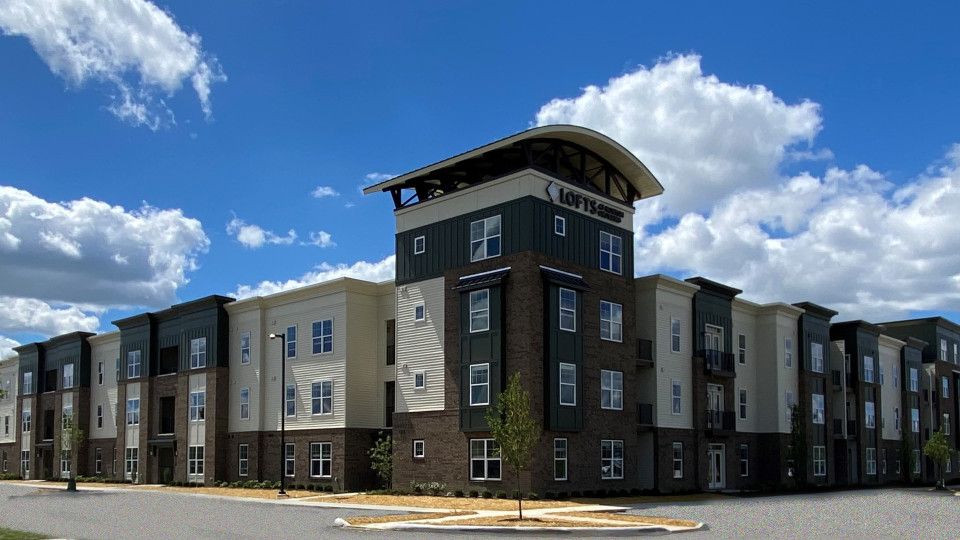Columbus, Ohio, a city known for its dynamic growth and progressive urban planning, is witnessing a transformative shift in its real estate landscape with the rise of mixed-use realtor developments. These innovative projects represent a departure from traditional development models, blending residential, commercial, and recreational spaces into cohesive and vibrant urban environments. In this expository article, we delve into the evolution of mixed-use realtor developments in Columbus and how I sell my house columbus.
Origins and Concept:
The concept of mixed-use realtor developments traces its roots back to the early 20th century, with the rise of urban planning movements advocating for more integrated and walkable city designs. However, it wasn’t until recent decades that mixed-use developments gained widespread popularity in Columbus. The fundamental idea behind mixed-use realtor developments is to create self-contained communities where residents can live, work, and play within close proximity, reducing the need for long commutes and fostering a sense of community.
Integration and Diversity:
One of the defining features of mixed-use realtor developments is their integration of diverse land uses within a single project. In Columbus, these developments often feature a mix of residential units, ranging from apartments and condominiums to townhouses and lofts, alongside commercial spaces such as retail shops, restaurants, offices, and entertainment venues. By combining these different uses, mixed-use developments cater to a wide range of lifestyle preferences and housing needs, attracting residents from various demographic groups.
Impact on Urban Revitalization:
Mixed-use realtor developments play a significant role in revitalizing underutilized or blighted areas of Columbus. By transforming vacant lots or outdated commercial buildings into vibrant mixed-use communities, developers breathe new life into urban neighborhoods, attracting investment, and stimulating economic growth. These developments create opportunities for small businesses, entrepreneurs, and startups to thrive, contributing to the overall vibrancy and diversity of the city’s economy.
Promotion of Connectivity and Walkability:
Central to the concept of mixed-use realtor developments is the promotion of connectivity and walkability. These developments are designed to prioritize pedestrians and cyclists, with well-planned sidewalks, bike lanes, and pedestrian-friendly streetscapes. By clustering housing, businesses, and amenities in close proximity, mixed-use developments encourage residents to walk or bike to nearby destinations, reducing traffic congestion and carbon emissions. This emphasis on active transportation not only improves public health but also fosters a stronger sense of community and social interaction among residents.
Conclusion:
The evolution of mixed-use realtor columbus ohio developments represents a progressive approach to urban development that prioritizes integration, diversity, and sustainability. By creating vibrant, walkable neighborhoods where people can live, work, and play, these developments contribute to the city’s economic vitality, cultural richness, and overall quality of life. As Columbus continues to grow and evolve, mixed-use realtor developments will play an increasingly important role in shaping the city’s future, creating inclusive and resilient communities that thrive in the 21st century.
You may also like
-
Balcony maintenance – Owner vs. HOA responsibility
-
Unlocking Opportunities The Perfect Condo for Technical Education Enthusiasts – Chencharu Close Condo
-
Creative and Inspiring Easter Egg Design Ideas for Your Holiday Celebrations
-
How Does LASIK Eye Surgery Improve Vision for Sports Enthusiasts in College Station
-
How to Prevent Roots From Invading Your Sewer Line


